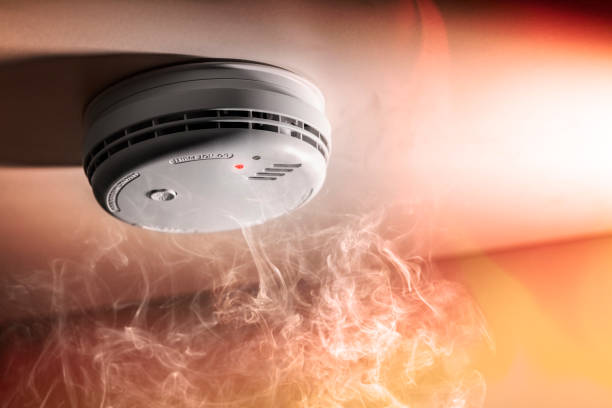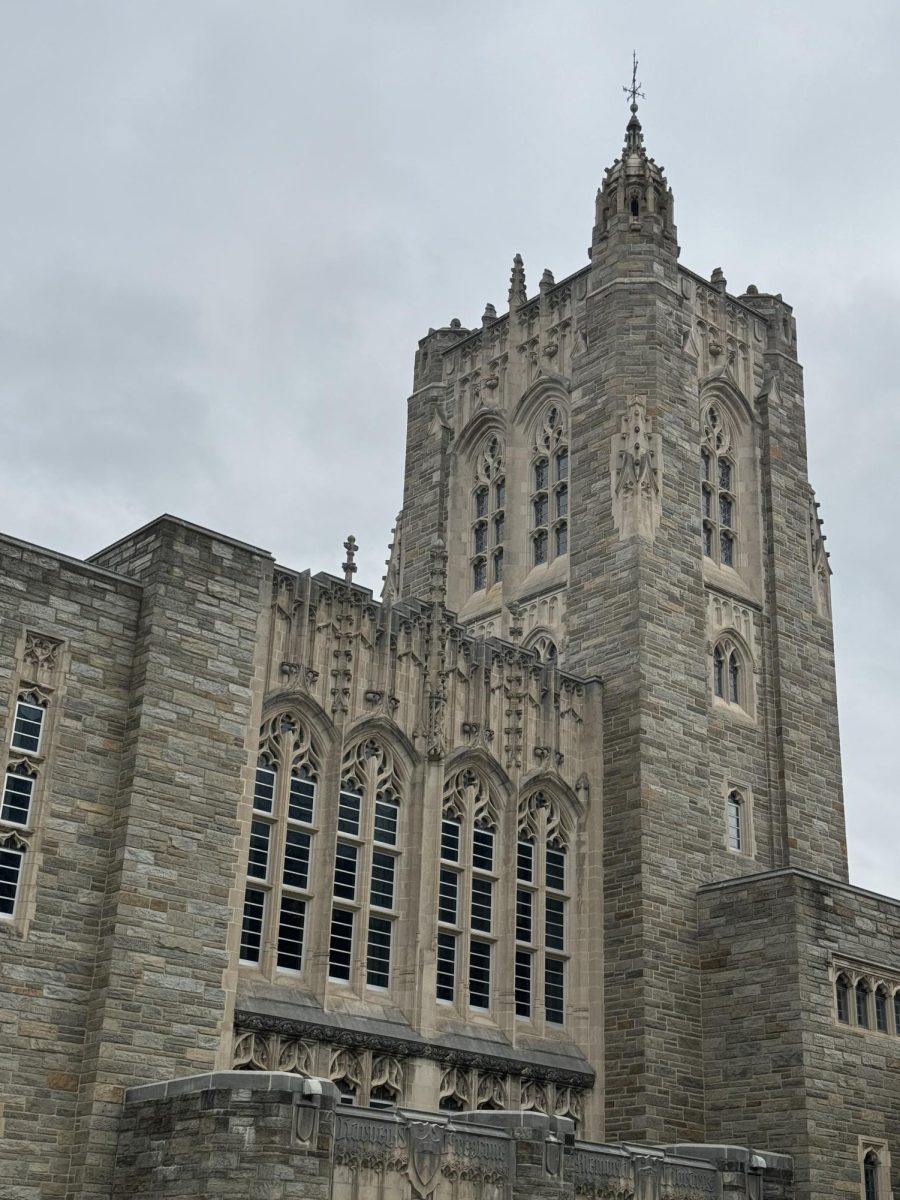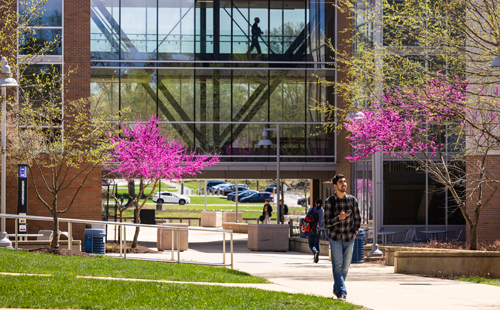In the wake of the nuclear disaster at Fukushima, less than half of the American public is in favor of nuclear energy. According to a March 22 CBS News poll, only 43 percent of Americans approve of building new nuclear power facilities, a 14 percent decrease from 2008. While the situation in Japan is tragic, much of the media’s focus in the aftermath of the disaster was not on the damage done by the earthquake and tsunami, but instead on the condition of the nuclear reactors.
Although the nuclear situation was extremely serious, the threat of grave radiation harm to anyone apart from the workers at the plant and those in the nearby vicinity was minimal and greatly exaggerated by the media.
According to a March 15 Rensselaer Polytechnic Institute article, contrary to popular belief, even with a partial or full meltdown of the core of a reactor, massive radioactivity would not be released from the site of the damaged reactors.
Moreover, we shouldn’t panic thinking that the situation in Japan is likely to be replicated here. In the US, the odds of a powerful earthquake risking the safety of a nuclear plant are far smaller.
According to the U.S. Nuclear Regulatory Commission, the odds of an earthquake strong enough to cause damage to a reactor’s core are one in 74,176. And in the event such an earthquake does happen, this much damage would most likely still not release radiation or pose a widespread risk to the American public.
For instance, the most dangerous nuclear reactor in the US, Indian Point of Buchanan, NY has a one-in-10,000 chance of a nuclear core breach in the event of an earthquake. That is a one in 10,000 chance, assuming an earthquake even occurs in New York.
But what about here in Montgomery County? The two closest nuclear reactors are Calvert Cliffs of Maryland and Peach Bottom of Pennsylvania. As for the Calvert Cliffs reactor, Maryland is a seismically secure area; there have been approximately 64 earthquakes in our state, none of which were over magnitude 3.7 (the Japanese earthquake was 9.0). Calvert Cliffs has won an award for operation excellence, so the chance of any disaster causing radiation threat seems minuscule.
While the thought of a nuclear catastrophe may be unsettling, the threat of a major accident is exaggerated in the public mind, especially here in Maryland. Apart from the disaster at Chernobyl, nuclear radiation has only killed a few people. It is safe to say that most CHS students do not realize that nuclear power supplies the United States with about 20 percent of its energy and is considered by many to be much better for the environment than reliance on fossil fuels.
Like it or not, nuclear power provides clean energy and is a valuable resource at a time when there has been a strong effort to reduce dependency on fossil fuels and foreign oil. A meltdown has not caused a fatality in 24 years, whereas each year hundreds die in coal mining and oil refining accidents.
The chances of a nuclear disaster occurring in the US are slim, yet because of the public’s misconception we have moved away from adding to and improving our nuclear plants. Antiquated technology leaves plants more susceptible to meltdown, and if newly designed, safer, models are to be built the media must stop negatively portraying viable nuclear energy sources, and the public must open their mind to them.













